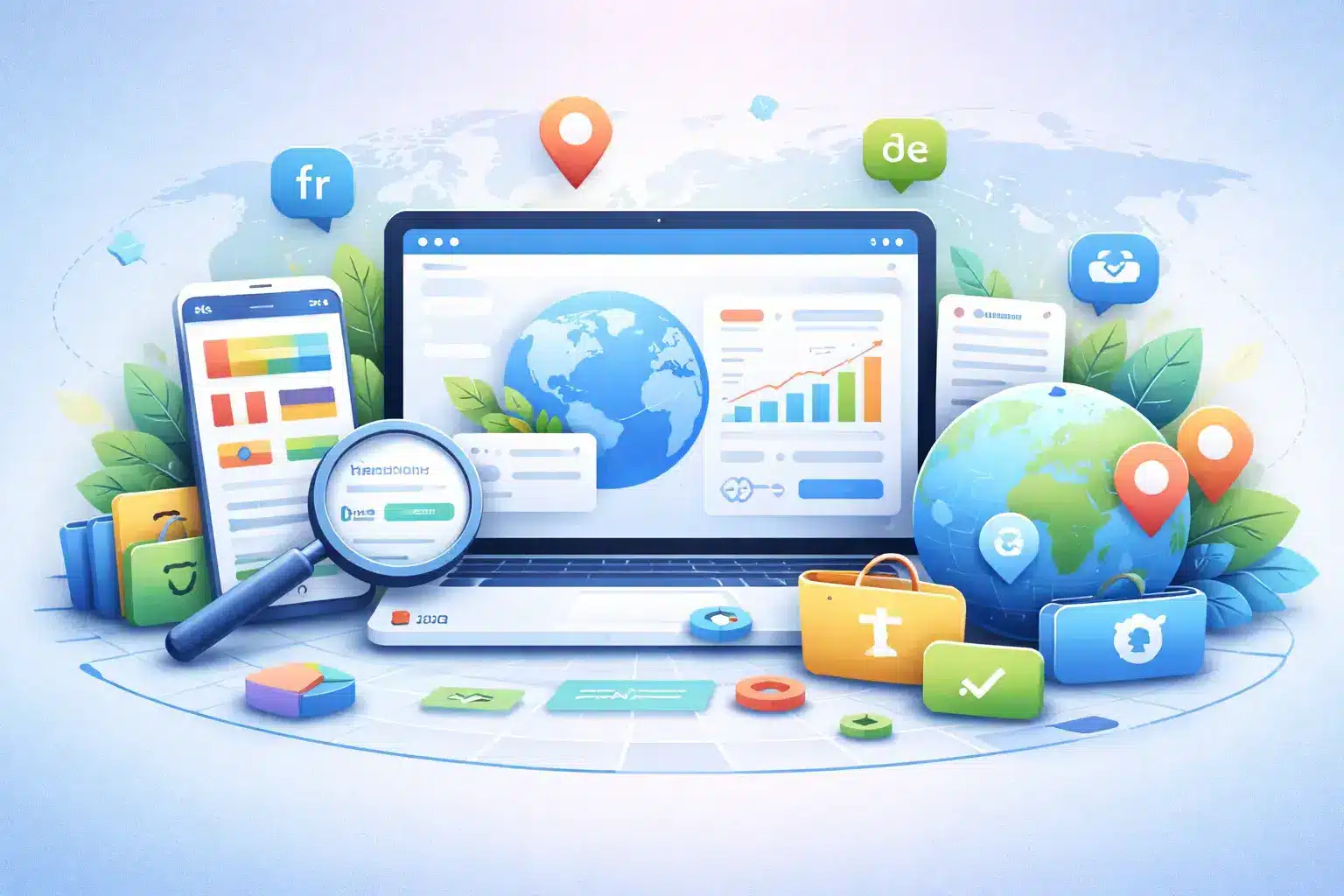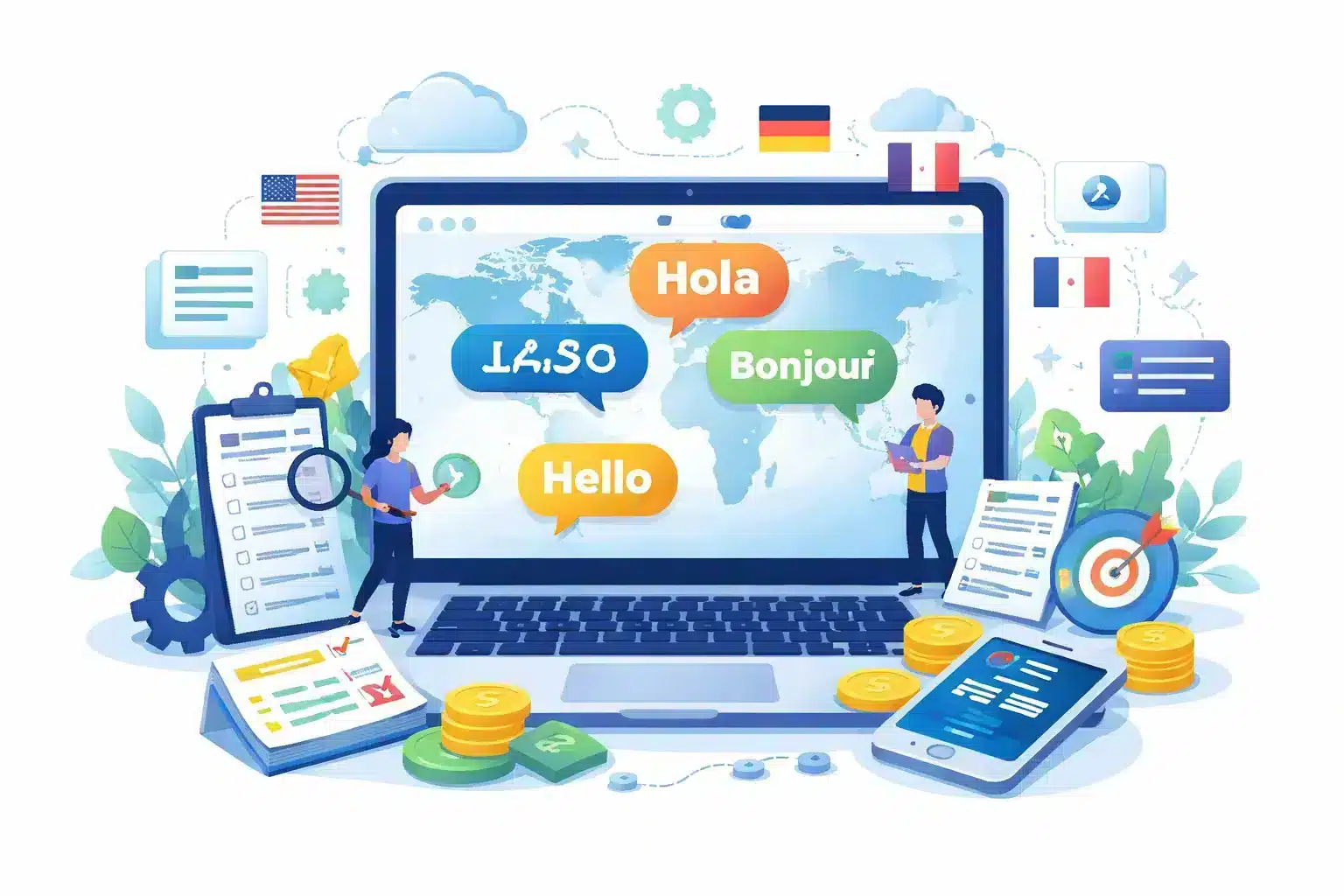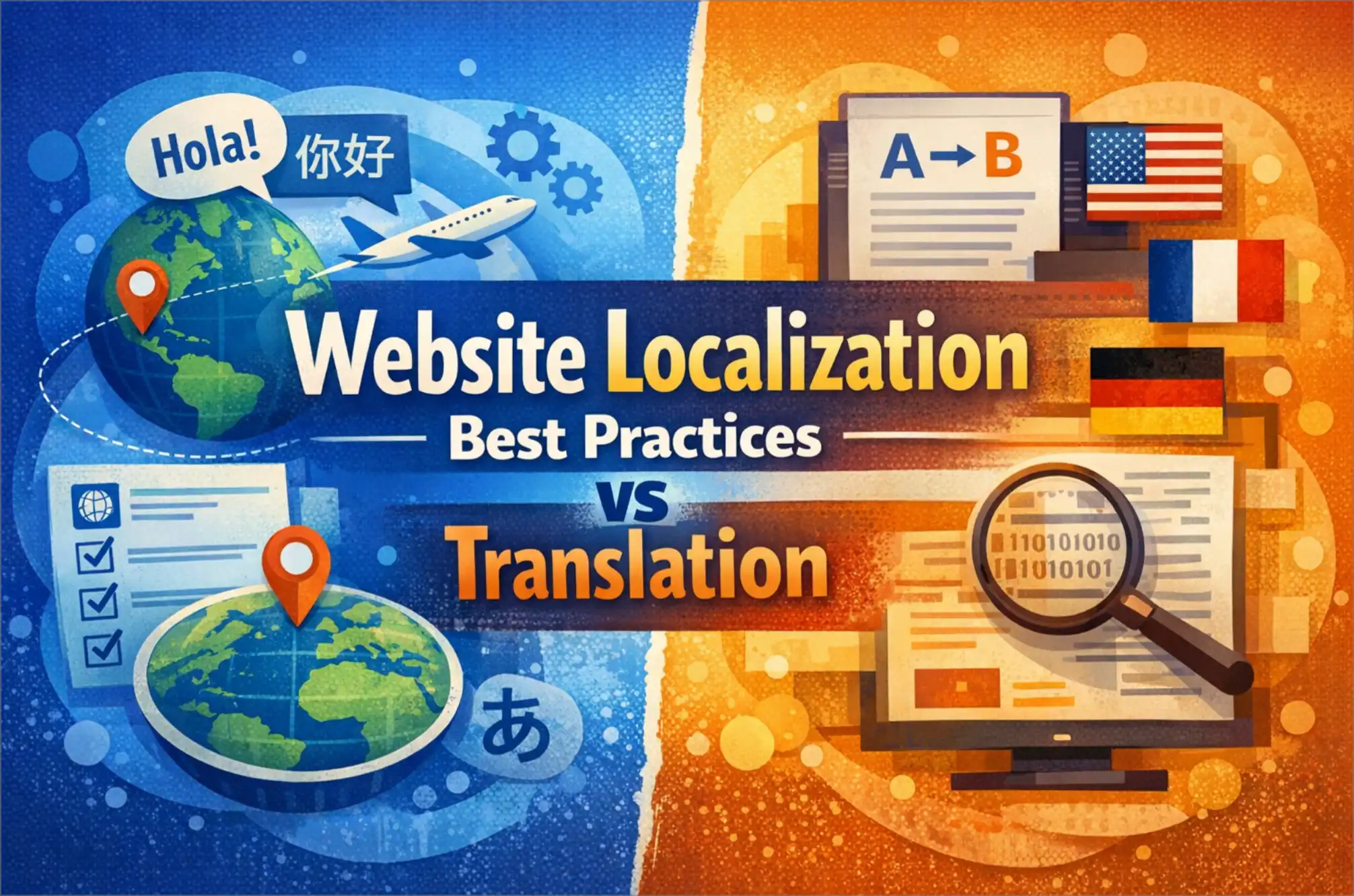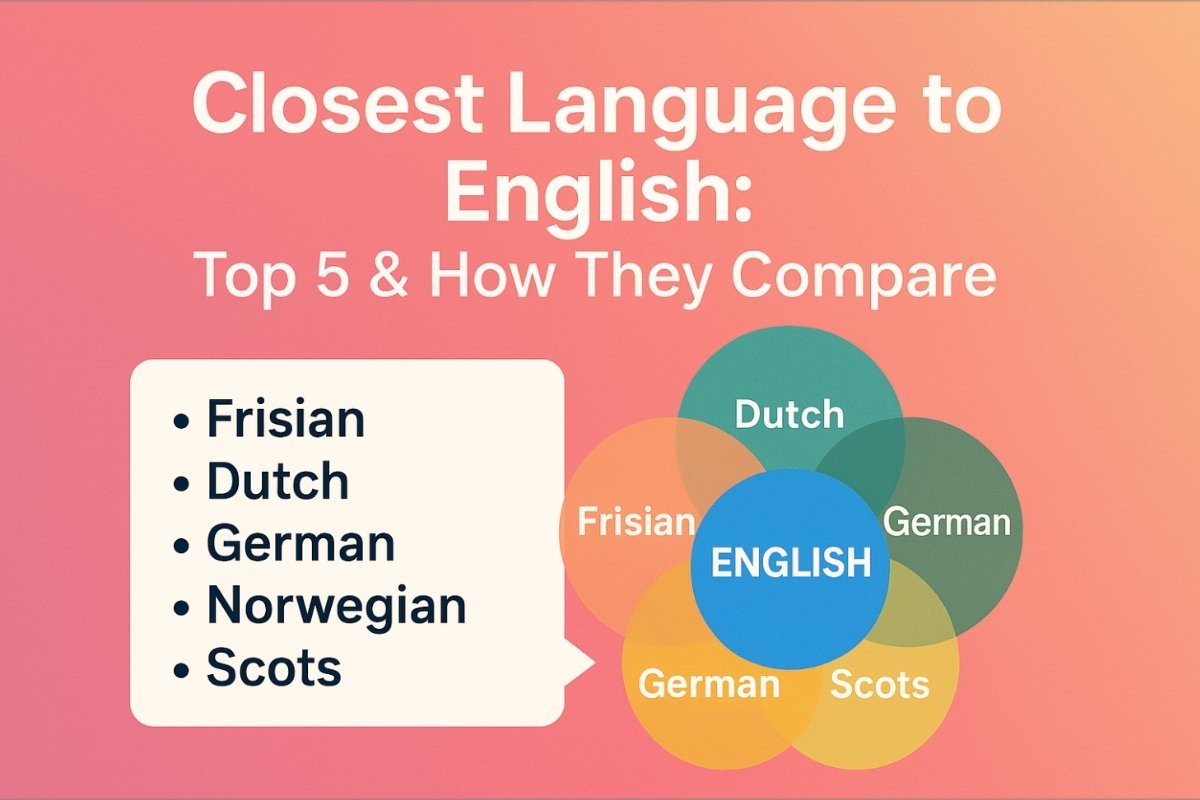When publishing information online, especially when it has come from private and confidential data, it’s very important to ensure the privacy of everyone involved is maintained. Data that has not correctly been cleaned or anonymized can easily be reverse engineered, so that anyone can find out who it belongs to. For many companies, the safety and security of their clients are their biggest duties. It’s important to maintain this security via anonymization, while safely using their data to generate new technology and better outcomes in a range of fields and industries such as healthcare, finance, and travel.
How is data anonymized?
It’s important to understand how anonymization works, in order to do it properly. This is because even when you think that data has been stripped of all identifiable information, there are potentially still ways that someone could work backwards to re-identify the data based on your anonymous results and public information.
Because of this, there are a number of different techniques that can be used in order to make it as truly unidentifiable as possible. In most cases, the more identifiable data is, the more steps need to be taken to truly ensure that it becomes permanently anonymous.
Synthetic data
In some cases, the safest way to anonymize data is just to make it up. Synthetic data is composed of false information, generated from real information. This artificial data is created via an algorithm that reads the real data, then creates equivalent information. It mimics the qualities of the real data so you can still use it for a number of different calculations and to create conclusions, but there is no risk of personal information being identified because it is not used. With synthetic data, there is no need to retain any real information once you have your false dataset, so it can be permanently erased without losing the information it can provide.
Pseudonymization
This technique involves swapping real data for false data. For example, changing real names to fake names, but still retaining other valuable information that allows you to generate accurate statistics. For example, a hospital may pseudonymize data from cancer patients so you have no way to connect the real data (such as outcomes, medical treatments, etc) with the actual person, because fake identifiable data has been generated in its place. This anonymization technique works when the identifiable information is irrelevant to the data you need.
Generalization
This method of anonymization involves removing data that is unnecessary, which also makes it harder to pinpoint where the rest of the data comes from. For example, if you have a dataset taken from a group of women aged 25 – 30, it may be possible to connect that data with the real women who gave their information. If the data gets generalized to women between the ages of 20 – 60, it makes it a lot harder to identify who the information came from.
Data masking
This involves substituting sensitive information with other characters or symbols that allow you/your technology to still understand, but are impossible to use by outsiders. A common example of this is when inputting credit card information, normally the first 12 digits will be shown as “X”, leaving you with only the final four digits, e.g. XXXX-XXXX-XXXX-1234. This is a useful anonymization tactic to use as you can identify your own card by the last four digits, but nobody else can guess the other 12.
Data swapping
This anonymization method involves randomly shuffling real data so that it can no longer be attributed to the person it came from. For example, if a group of people all provided their exact weight, this may be data swapped so that all the real weights are still included in the dataset, but they are now attached to a different person, so there is no way to know what each person truly weighs. Data swapping can be helpful in a number of situations where it’s important to retain accurate information, but it can be scrambled so that you don’t necessarily know who or where the data came from.
The anonymization process is irreversible
The point of anonymization is that it should be permanent and final. There should be no way for anyone to retrace the steps that were taken to anonymize it, for the purpose of re-identifying the data. Because of this, it’s also important to do it correctly to ensure that while you are stripping the data of any personal and identifiable information, you are not losing any of its validity or usefulness of it.
Want help anonymizing your data? Let Circle Translations help
At Circle Translations, we understand that the safety and security of your clients and customers are a top priority. We work closely with our clients to understand their needs, so that we can generate the right anonymization outcomes they are looking for. Our translation services extend to anonymizing data, maintaining its usefulness while ensuring there is no way it can be used to identify individuals.
There are a number of secure translation techniques that we use to anonymize data, allowing information to retain its value to the company, while being totally unidentifiable. Whether your industry has standard regulations for anonymization, or you simply want to ensure you have done your due diligence, we work hard to make sure our anonymization process is totally safe. All of our team are experts, and they work hard to ensure that we use the latest technology and opportunities to keep private information safe and secure from unwanted people on the internet.
Subtitles

Professional and Accurate Subtitle Services for your Videos.
- Video subtitles specifically tailor-made for improving accessibility.
- Using highly experienced subtitlers with years of industry experience.
- Professionally written and expertly timed.
Translation

We help the world’s top companies translate their content in over 73 languages!
- We localize content for internet websites, games, travel, cryptocurrencies, and more
- Expand your global audience by adding different languages.
- We work only with qualified translators and experienced content creators
Audio translation

Ensuring full accessibility for Blind and visual impaired audiences.
- Visual descriptive events as they occur in the video.
- Working with top audio describers to perfectly describe what is happening on-screen
- Professional sound recording.














